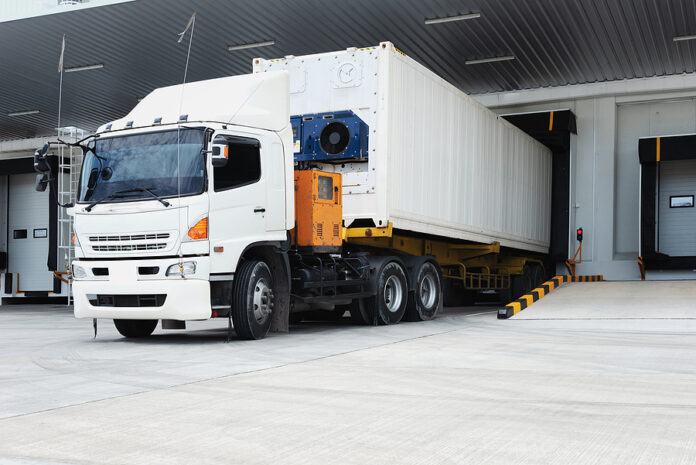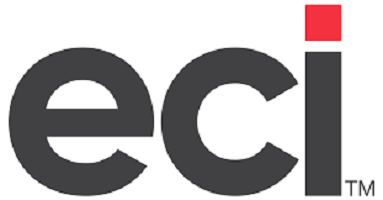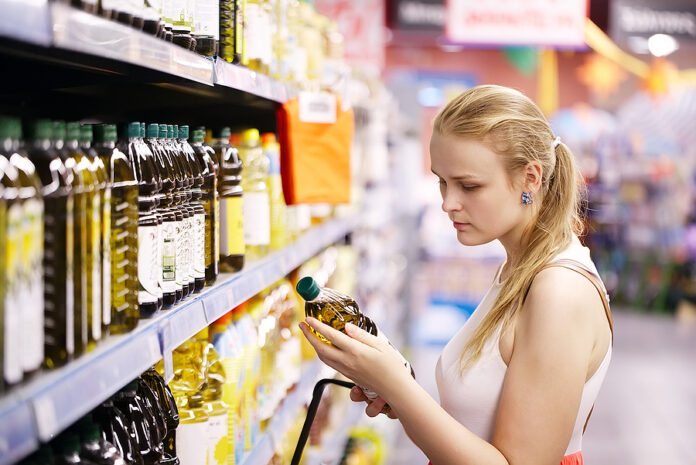
By Francesca Venezia Dunbar, Head of Global Marketing at FOSS Software Services
The global food industry is currently navigating a complex landscape where ensuring food safety and regulatory compliance is paramount. This challenge is underscored by a report from the World Health Organization (WHO), which states that unsafe food laden with harmful bacteria, viruses, or chemicals is responsible for over 200 diseases, from diarrhea to cancers. Alarmingly, an estimated 600 million individuals fall ill annually due to contaminated food, leading to 420,000 deaths, including 125,000 children under five years old. These harrowing statistics transform food safety from a specialized issue to an urgent global health imperative.
With the pressure of ever-evolving regulations like the Food Safety Modernization Act (FSMA) in the U.S., food manufacturers worldwide are increasingly seeking digital solutions. Food safety management systems are stepping up to this critical challenge, revolutionizing the industry’s approach to mitigating risks, managing complexities, and safeguarding public health.
The new vanguard of food safety
At the threshold of innovation, the food manufacturing sector is witnessing a seismic shift where age-old methods are being redefined by the surge of technological advancements. The integration of food safety software management systems has transcended from being a mere competitive edge to an essential component of modern operations. These systems herald a new era, leveraging data analytics from sophisticated instruments to transform vast data into actionable insights. This approach is quickly becoming the backbone of food manufacturing, empowering the industry to not only monitor and manage the supply chain with greater accuracy but also to proactively mitigate risks and enhance food safety like never before.
Operational efficiency: a digital imperative
Operational efficiency is the heartbeat of successful food manufacturing. Software tools designed for food safety management serve as the arteries, ensuring a smooth flow of information and processes that are vital to the health of the entire operation. From automating critical control points to streamlining quality management and supplier interactions, these tools are pivotal in enhancing the speed and accuracy with which companies operate. “A digital transformation not only streamlines processes but also minimizes the risk of errors in compliance paperwork,” is what I heard from a food safety quality manager. “Transitioning from paper-based systems is not just a shift in how we work; it’s an upgrade to how we ensure safety and compliance efficiently.”
Staying ahead of compliance: a constant battle
Regulatory compliance is a moving target, with standards that evolve as quickly as the technologies designed to meet them. Food manufacturers must stay abreast of these changes to not only avoid penalties but to protect consumers. In many companies, this process is still paper-based and difficult to manage. Food safety software becomes the compass that guides these companies through the complex regulatory landscape, providing updates and ensuring adherence to the latest food safety protocols.
Food safety: a global imperative
On a global scale, food safety has taken center stage. With a growing population and the increasing complexity of global supply chains, the risk of food-borne illnesses is a concern that transcends borders. Food safety management software is vital in this regard, offering a unified platform through which food manufacturers can ensure the integrity of their products, no matter where they are produced or consumed.
Embracing innovation and eco-consciousness in food safetyNew technologies for enhanced traceabilityThe year 2023 heralds a pivotal shift in the food industry’s approach to safety and transparency, emphasizing the adoption of new technologies for heightened traceability. Food manufacturers are poised to invest significantly in cutting-edge data management systems and tracking technologies, such as primary packaging inspection and sophisticated barcode scanning. These advancements will be instrumental in tracking and tracing food products across the supply chain with unprecedented precision. The integration of digital tracking mechanisms stands to fortify the industry’s ability to swiftly identify and address potential safety concerns, thereby mitigating the risk of food recalls and safeguarding public health. Sustainability as a cornerstoneParallel to the technological leap is the industry’s deepening commitment to sustainability, a trend driven by consumer awareness and ecological responsibility. As consumers increasingly align their purchasing decisions with environmental values, they seek out companies that proactively minimize their carbon footprint and ecological impact. In response, companies are streamlining their operations to reduce food waste, transitioning to eco-friendly packaging solutions, and sourcing raw materials from sustainable practices. These initiatives not only contribute to environmental conservation but also resonate with consumers, ultimately enhancing brand loyalty and trust. The dual benefits of cost savings and heightened consumer confidence underscore the importance of sustainability in the future trajectory of the food industry. |
The impact of scarcity and sustainability
Scarcity and sustainability are two sides of the same coin, and food manufacturers must address both. The strategic use of food safety software can contribute to more sustainable practices by reducing waste, managing resources more effectively, and ensuring that the highest safety standards are met without excess.
A proactive stance on food safety
The call for a more proactive stance on food safety is clear, and food manufacturers are responding. By integrating sophisticated software tools into their operations, they are not only enhancing their own efficiencies and compliance capabilities, but are also contributing to the broader goal of global food safety and security. A proactive approach to food safety is crucial, compelling food manufacturers to embrace cloud-based software systems that offer robust security and reliability. These advanced platforms facilitate the management of complex safety and compliance measures, streamlining what was once a labor-intensive process bound by paper-based systems. By transitioning to these digital solutions, food processors can achieve cost-effectiveness, significantly reduce man-hours, and enhance accuracy in compliance tracking. The adoption of secure cloud-based food safety management tools is therefore not just a strategic response to regulatory demands, but a smart business move that contributes to the overarching goal of maintaining the highest standards of food quality and safety in a dynamic global market.
In summary, the food safety software sector is becoming increasingly essential to the food processing industry as they migrate from paper-based systems to digitalization. With robust systems that provide comprehensive workspaces and modules for managing data from scientific instruments with device management software, food safety and compliance, and supplier quality management systems, these platforms are invaluable. They bring streamlined efficiency to complex safety and compliance measures, proving to be more cost-effective and reducing the reliance on outdated paper-based systems, risk of human-error, and reduction in man-hours. As the industry continues to advance, these digital solutions are key for businesses aiming to stay ahead in the global food safety standards, ensuring product integrity and protecting consumer health.
 Francesca Venezia Dunbar is the Head of Global Marketing at FOSS Software Services, where she merges her extensive background in public policy and advocacy with her passion for agriculture and food safety technology. Having been actively involved in technology as well as codes and standards development across various sectors, she brings a wealth of experience to her role. Her leadership in helping to launch the FOSS IQX platform reflects her commitment to setting new benchmarks in global food safety and consumer health.
Francesca Venezia Dunbar is the Head of Global Marketing at FOSS Software Services, where she merges her extensive background in public policy and advocacy with her passion for agriculture and food safety technology. Having been actively involved in technology as well as codes and standards development across various sectors, she brings a wealth of experience to her role. Her leadership in helping to launch the FOSS IQX platform reflects her commitment to setting new benchmarks in global food safety and consumer health.

Credit: Source link













